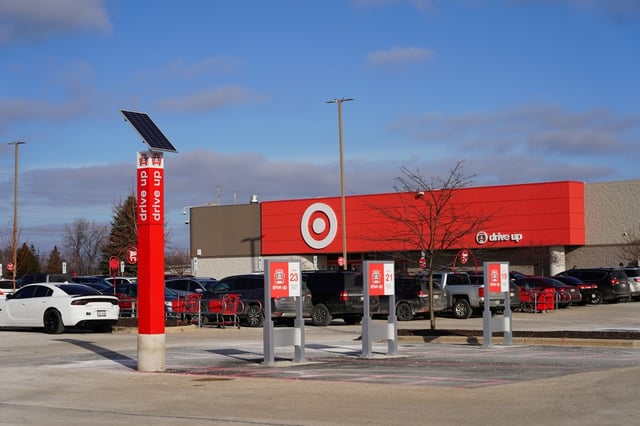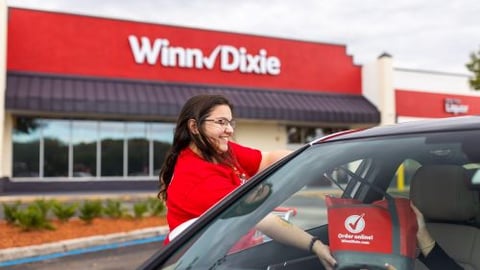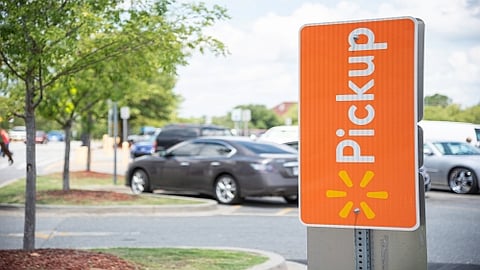Crucial Touchpoints Where Grocers Can’t Afford to Skimp
While retailers must cut renovation costs, there are areas in which they must be careful when skimping or substituting materials. These are crucial touchpoints, meaning that they strongly affect consumers’ judgement criteria and/or drive additional profits.
The maintenance, cleanliness and in-stock positioning of restrooms, for example, is a shopper’s barometer for a store’s overall quality. Restrooms, along with foodservice areas, increase dwell time. Self-checkouts eliminate costs, while online order pickup areas are growing in popularity.
“We’re all looking at opportunities to sell more groceries,” says Veronica Jimenez, VP of construction and maintenance at Hispanic grocery chain Cardenas Markets, based in Ontario, Calif. “That’s what we’re in business for. Anything that services the customer is an important piece of the puzzle. We provide a dining experience; we want customers to stay awhile, so the environment must be inviting. A big driving force of what we do is continuing to stay competitive on the customer experience.”
While retailers may downscale furniture or dining area décor, restroom renovations are non-negotiable. “Clean stores and clean restrooms are baseline fees to entry, regardless of cost,” asserts Rick Weinberg, EVP at Los Angeles-based global real estate services company CBRE.
Drive-thru areas for picking up online orders have become more important. According to the “2023 Brick Meets Click/Mercatus 5-Year Grocery Sales Forecast,” total U.S. online grocery sales are predicted to grow at a compound average growth rate (CAGR) of 11.7% over the next five years, increasing online’s share of overall grocery spending from 11.2% in 2022 to 13.6% in 2027.
Pickup sales are expected to grow at a five-year nominal CAGR of 13.6%, compared with 10.8% for delivery and 8.0% for ship-to-home. Hence, pickup’s share of online sales is projected to expand from 45.4% in 2022 to 50.3% during 2027, at the expense of the other segments.
Total grocery sales (excluding inflation) are expected to grow at a 2.5% CAGR over the next five years.
“Efficient curbside pickup options, despite higher costs and limited returns, are proving most critical in today’s environment,” notes Weinberg.
According to Billy Plummer, principal at Baltimore-based architecture firm CallisonRTKL, curbside fulfillment areas are often replacing employee break rooms and optical departments at the front of supermarkets. Some chains even create drive-thru pickup areas that involve “cutting a hole in the building, which gets costly,” he points out.
Many grocers are growing self-checkout. “If they had six self-checkouts, they doubled them,” says Plummer. “They save money in salaries.”
In addition to investing in profitable areas, renovations involve eliminating the obsolete. As Jimenez observes, “Maybe what was an opportunity 10 years ago isn’t so significant today.”






